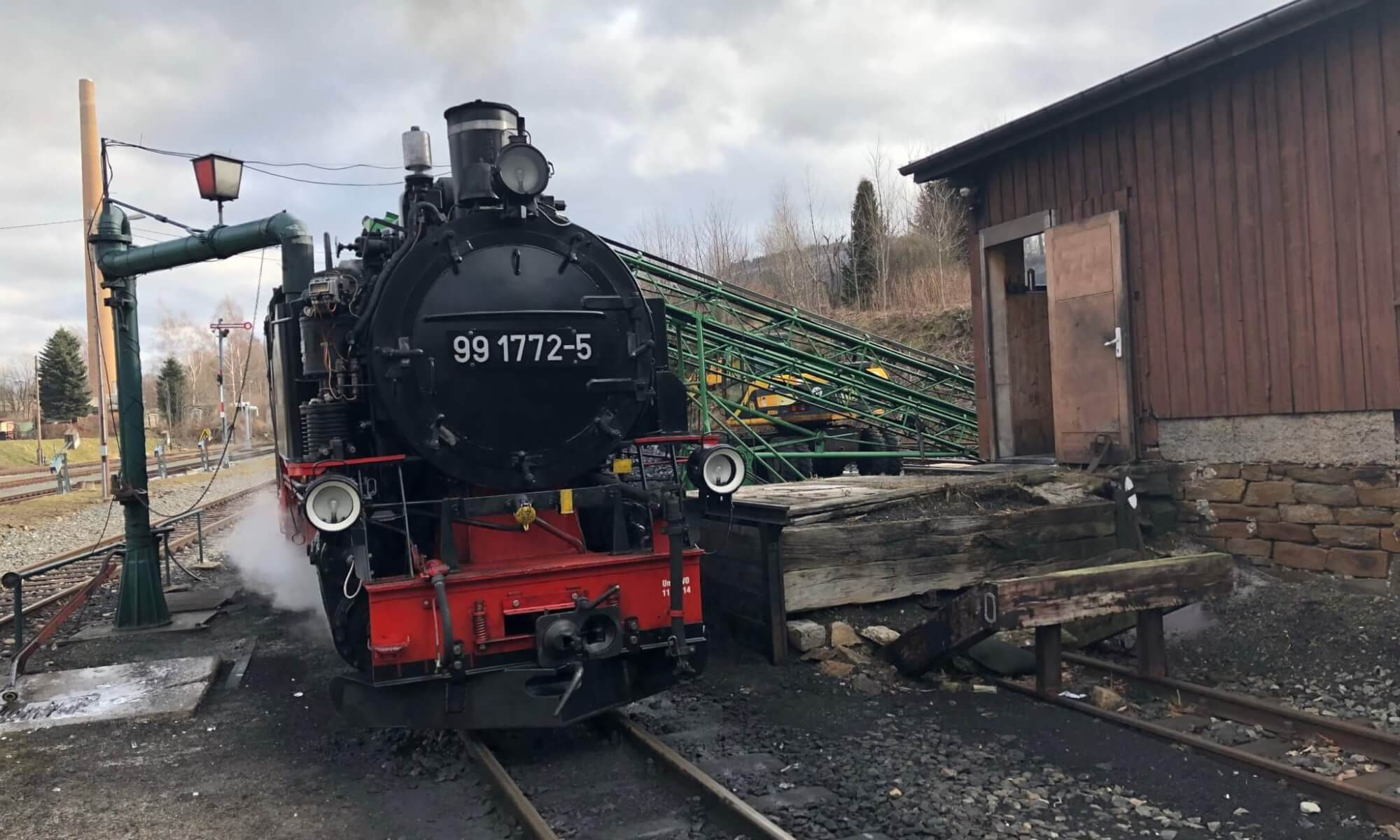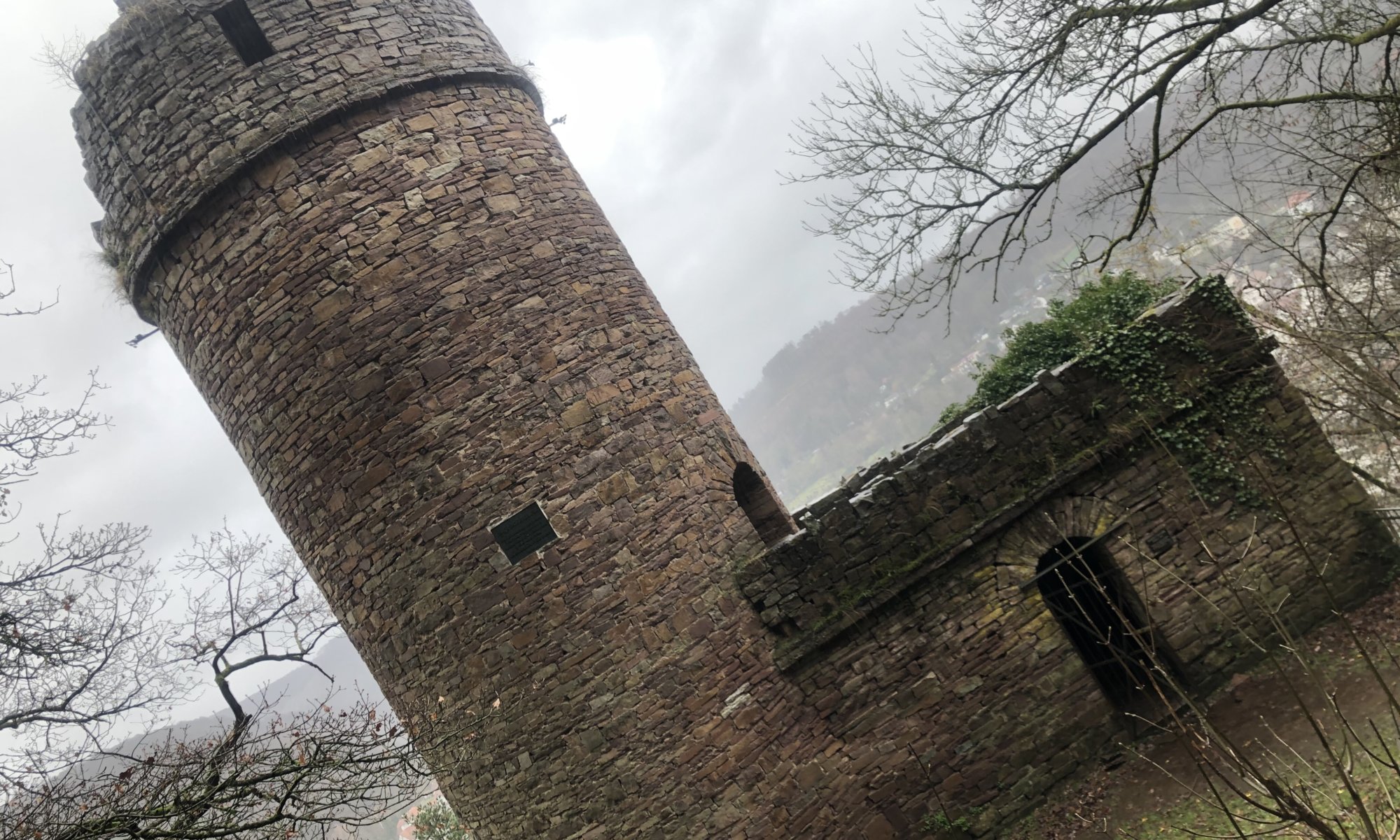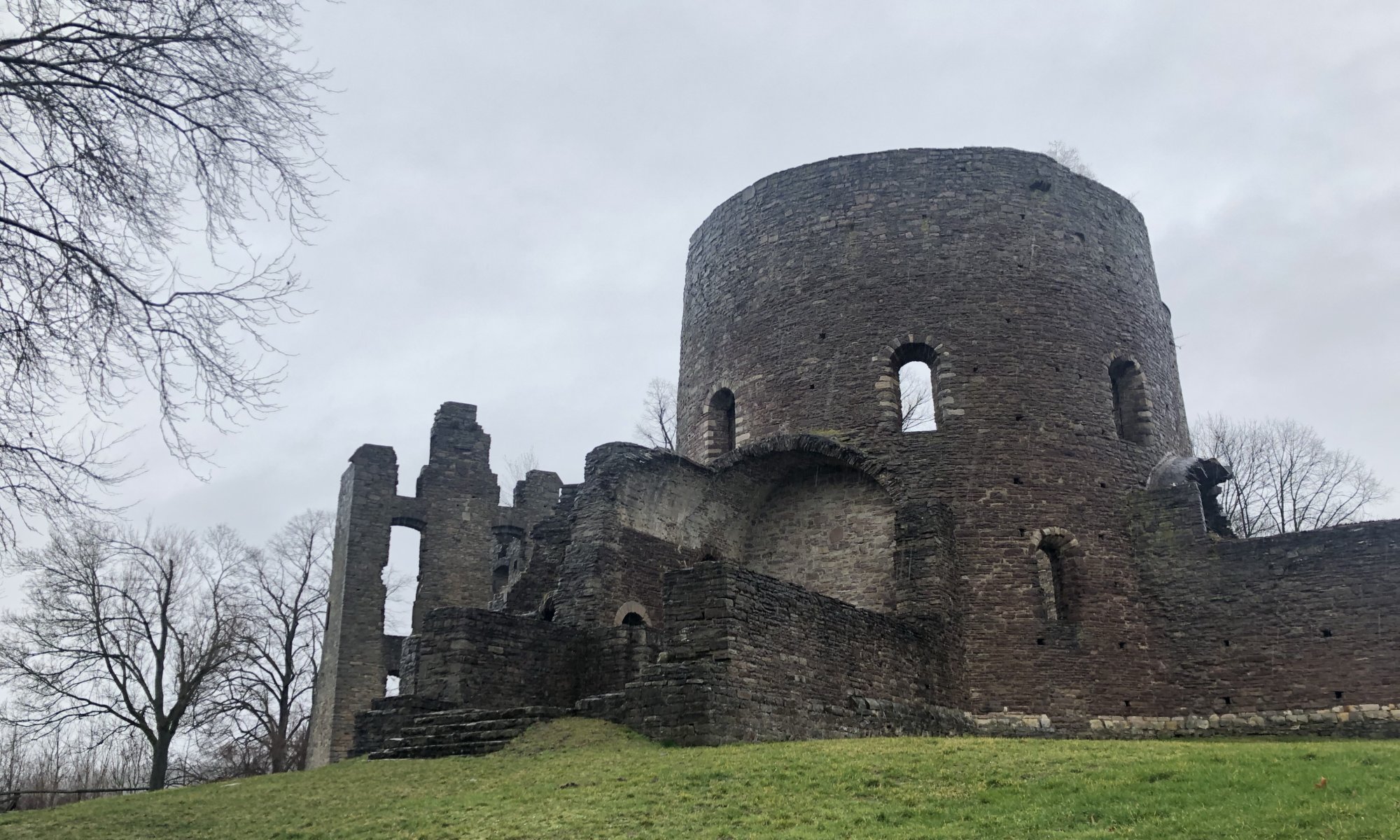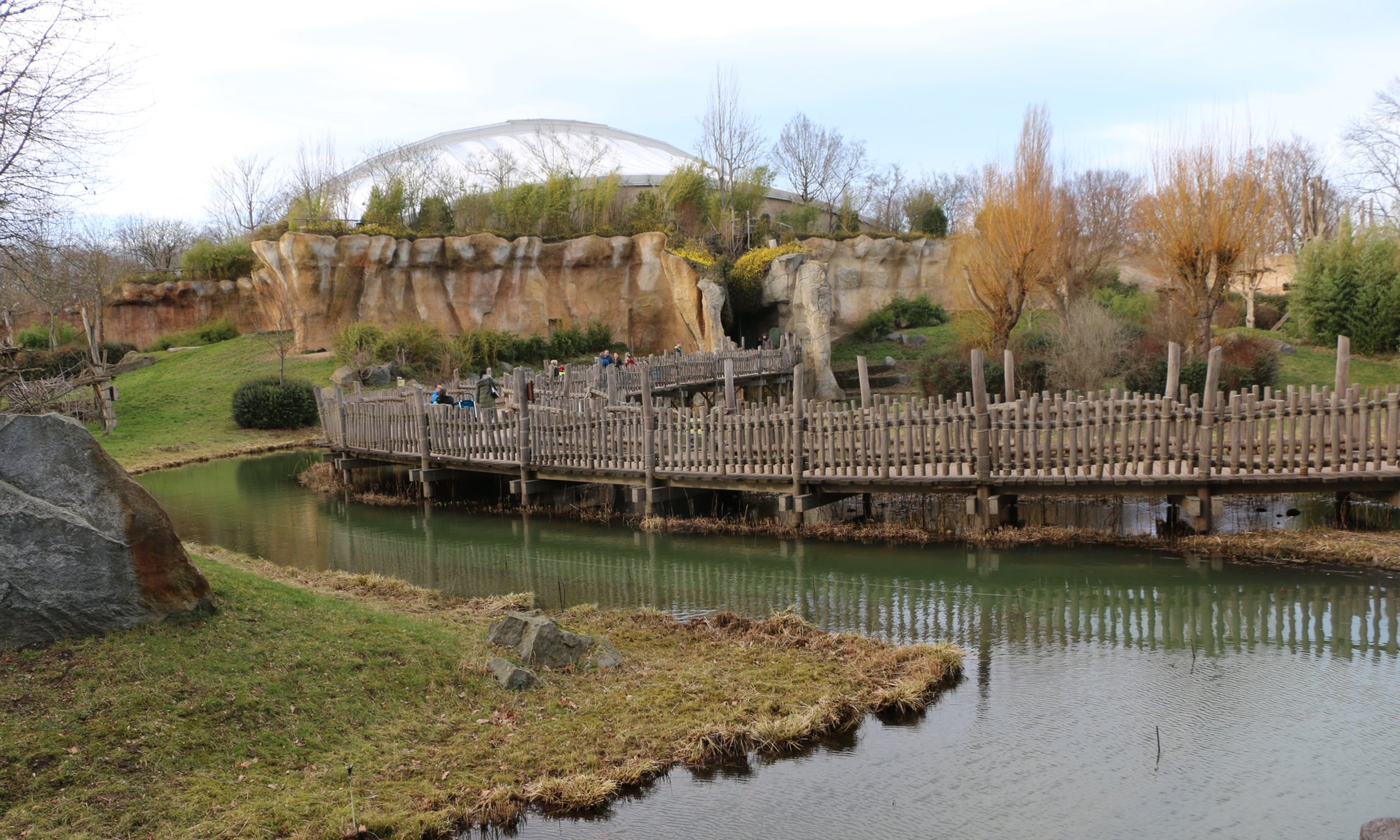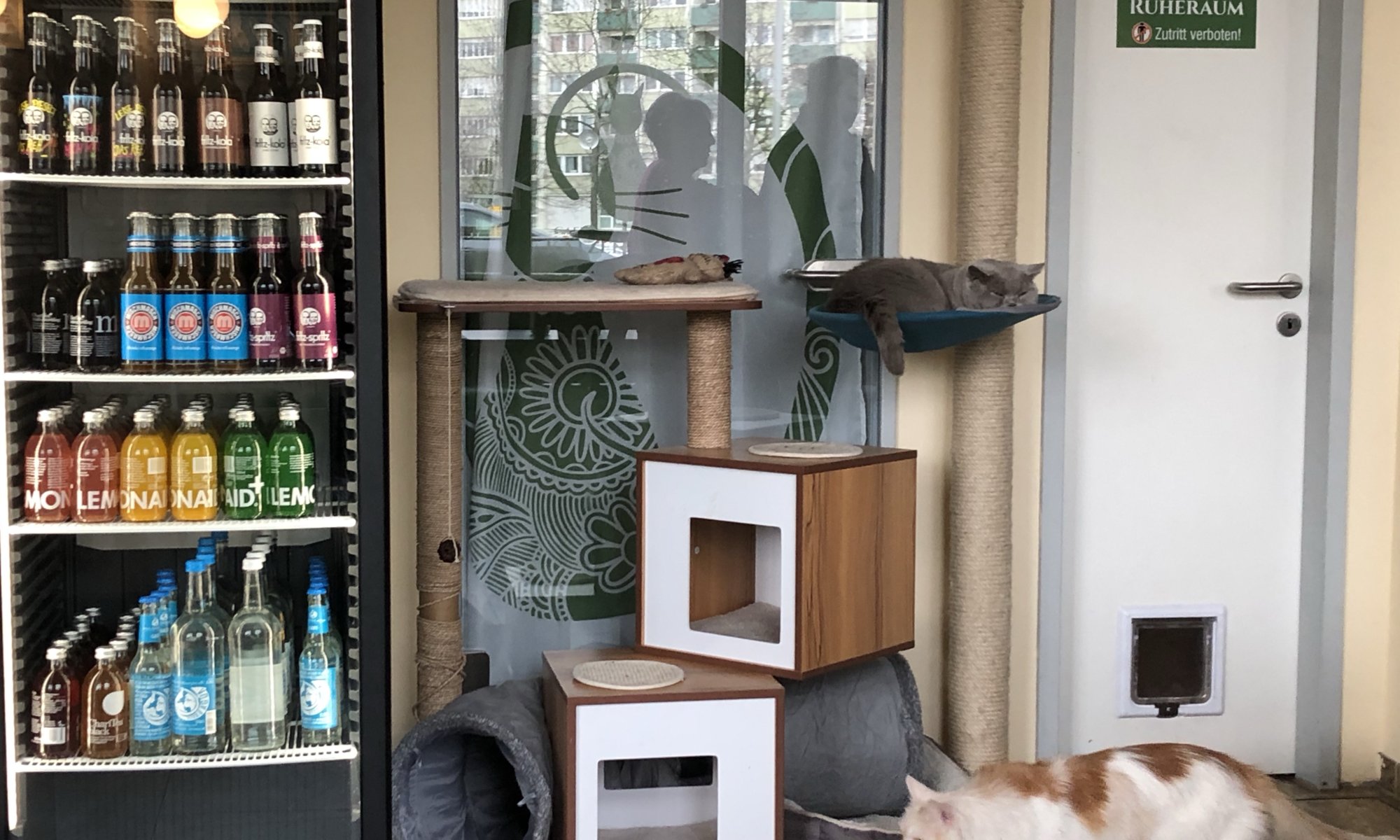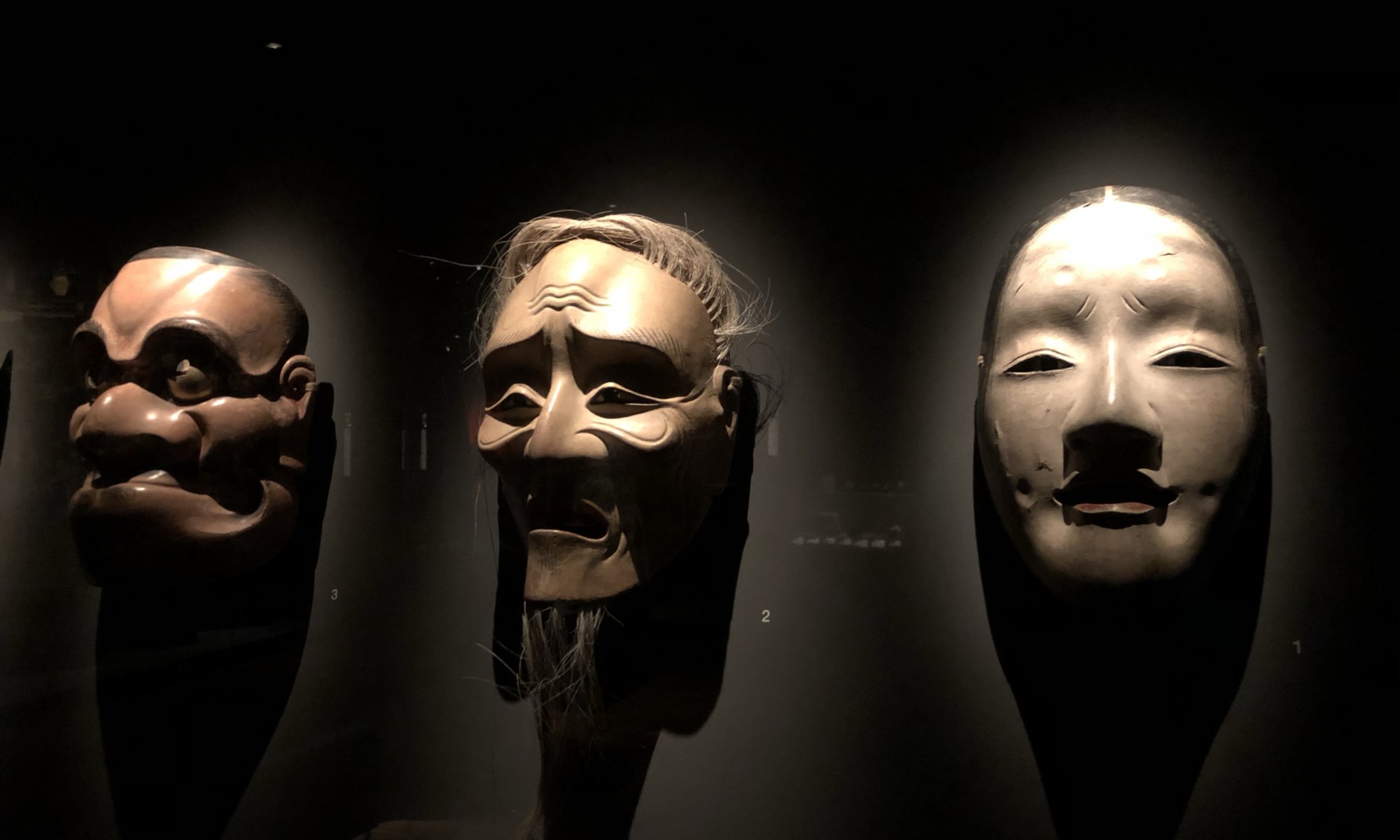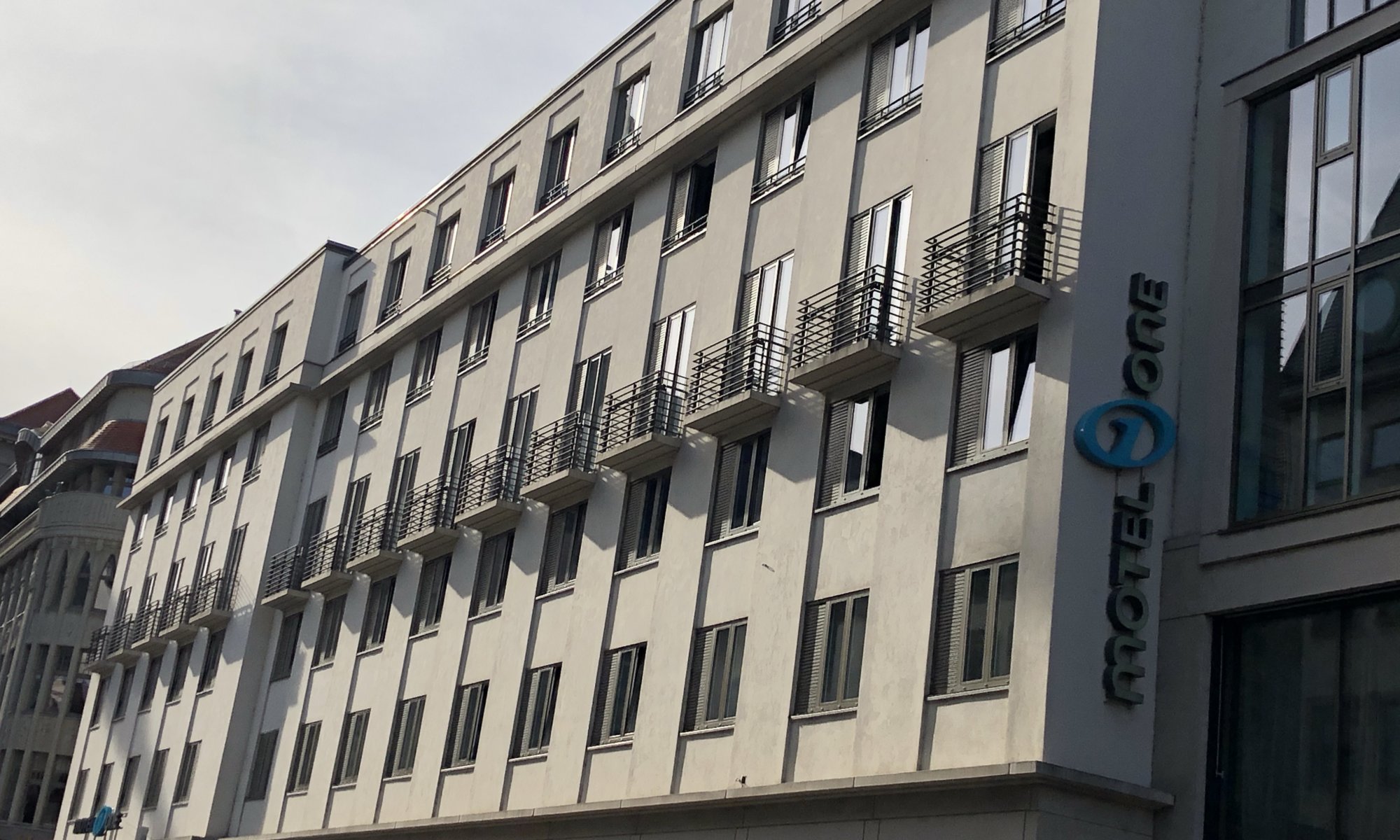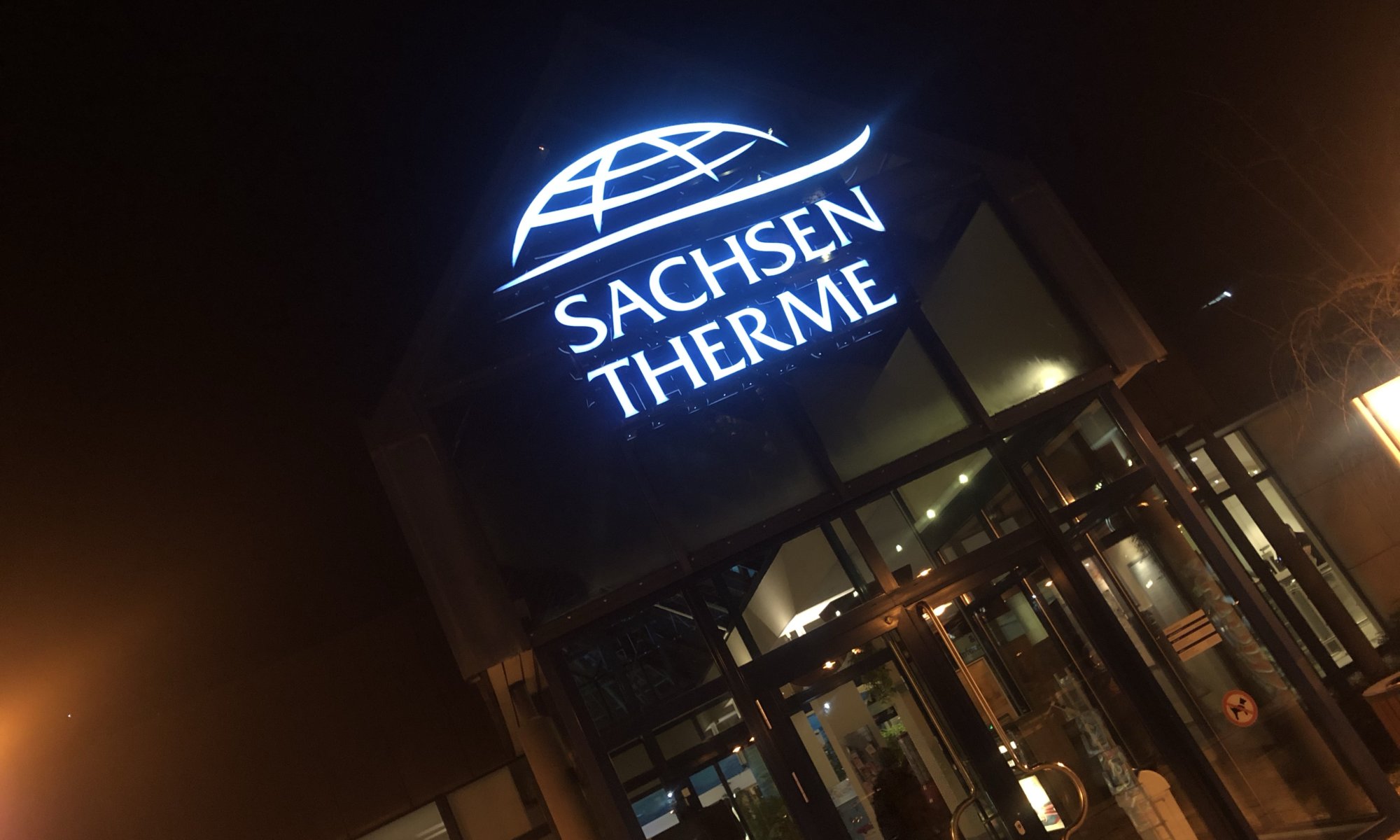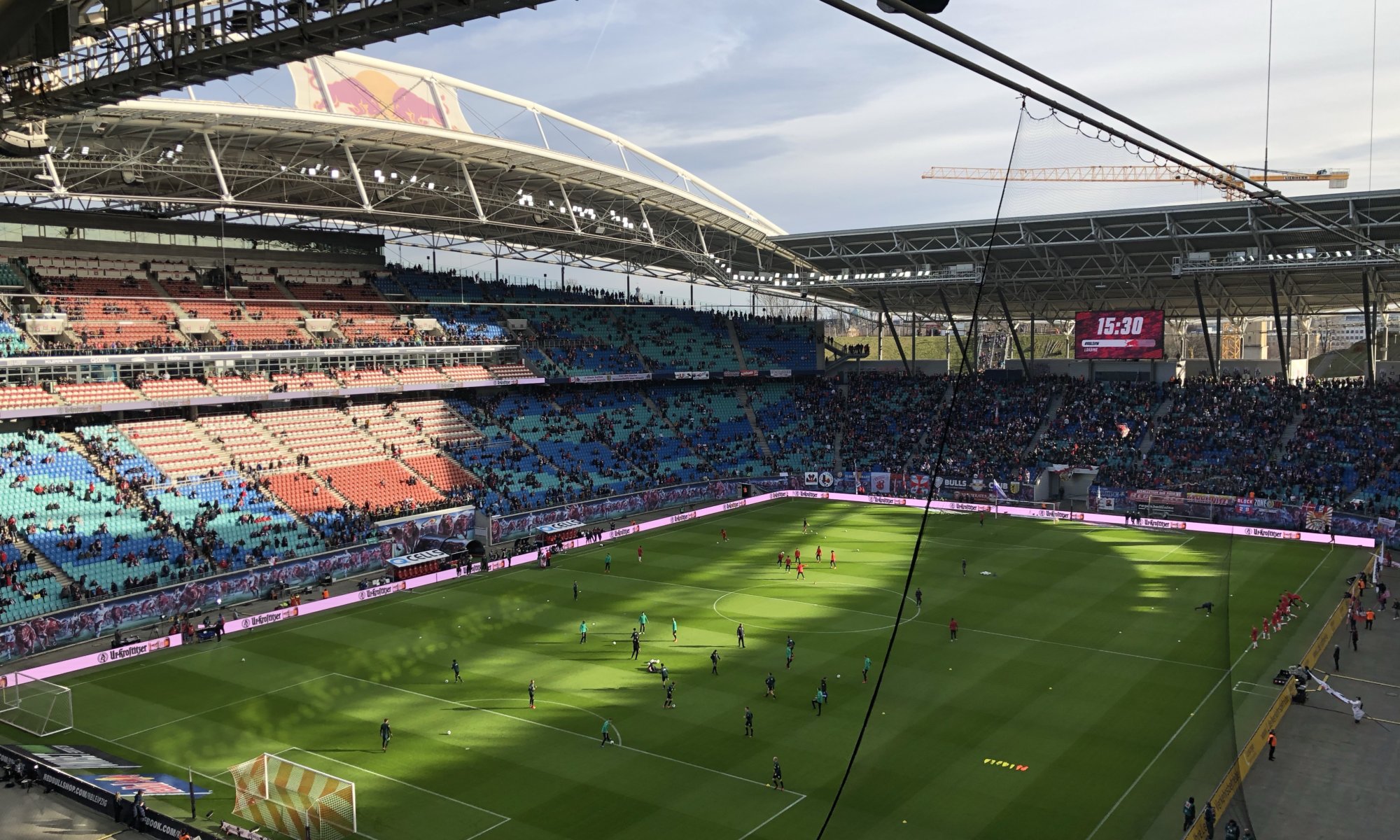When you walk on top of the mountains south of Bad Karlshafen, Germany, you might see a sign saying ‘Drei-Länder-Eck‘. But it isn’t the place where three countries or three federal states meet – it is just the border between North Rhine-Westphalia and Hesse. Since 1837 the border between Lower Saxony and North Rhine-Westphalia was in the middle of river Weser and in 1971 the border was changed and now the ‘Drei-Länder-Eck‘ is on the other side of the river Weser not far away from the Weser-Skywalk. It is a bit confusing – but in fact, the place marked as ‘Drei-Länder-Eck‘ was never the point where the borders met; at this place, formerly only a sign pointing to the different federal states of Germany was standing.
Continue reading “Drei-Länder-Eck”Hugenottenturm
If you’re at Bad Karlshafen, Germany, you can see a tower on the mountain in the south. It is the Hugenottenturm (Huguenot tower) built in 1913. The tower was founded by Johann Josef Davin originating from a Huguenot family and living in Bremen. His ancestors fled from France because the were persecuted due to their Protestant Christian belief. As the city was founded in 1699 as a Huguenot city to give them a new home he was thankful and wanted to give something back.
Continue reading “Hugenottenturm”Krukenburg
On the Waltersberg mountain near Bad Karlshafen, Germany, you can find the ruins of an ancient fortress: the Krukenburg. It is special as at its centre a large church is included which was built in 1107 and follows the design of the Church of the Holy Sepulchre. The fortification was built to protect the village underneath called Helmarshausen, today a city quarter of Bad Karlshafen. In addition to the church and the different ruins of the fortification, there is also a tower which you can climb on.
Continue reading “Krukenburg”Zoo Leipzig
The zoological garden of Leipzig, Germany, is said to be the best zoo in the country. I don’t know whether I can confirm this – but it is mostly because of the massive construction works currently carried out there. The zoo is quite large, you can walk for many kilometres and in winter times a lot of animals stay inside or are simply not visible. The park contains many restaurants and playgrounds, lovely decorations and nicely themed sections. It is, for example, a real pleasure to walk on wooden walkways over a river to the monkey house.
Continue reading “Zoo Leipzig”MdbK
The Museum der bildenden Künste (or short MdbK) is an art museum at the city centre of Leipzig, Germany. It already dates back to the year 1848 but only in 2004 it could move into its current location: a large cube with 10,000 square metres of exhibition space between old houses. It is one of the largest art museums in Germany and has a lot of exhibitions per year: when I was there they had a funny social media exhibition in the cellar and a great exhibition of impressionists. But the MdbK isn’t a museum for contemporary art – it’s a continuous mix. Since its foundation, it collected pictures and statues and has a fine collection starting in the late medieval times.
Continue reading “MdbK”Katzentempel
I love cat cafés and this one I just discovered by the incident: the Café Katzentempel at Leipzig, Germany. In fact, it is a branch of a cat café chain with different locations throughout Germany – I didn’t even know that something like this exists. Also, it is the largest cat café I’ve seen so far and there are so many different cats living there that it was a real pleasure to watch them play around. The Katzentempel is next to the Grassi museum and not far from the Gewandhaus and opera.
Continue reading “Katzentempel”Grassi
The Grassi-Museum is my most favourite museum in Leipzig, Germany. In fact, it is a combination of three museums: one for applied arts, one for ethnology and one for musical instruments. The museum of applied arts (Museum für angewandte Kunst) shows design history from ancient Egypt and Greece until today. It is a mix of old and new, light is used in a fantastic way and the different epochs are explained very well. I even enjoyed the section for sacred art that I normally pass very fast.
Continue reading “Grassi”Next to the Nikolaikirche
The Motel One Nikolaikirche is in the perfect location: directly in the city centre of Leipzig, Germany, next to to the Nikolaikirche. It is an easy and pleasant six minutes walk along streets with art nouveau decorations from the railway station to the hotel. The old town hall, Auerbachs Keller and the Museum der bildenden Künste are just around the corner. It is a good hotel chain and I absolutely love their reduced design. The bar, of course, is called 89 and the decorations show scenes from the peaceful German revolution in 1989 – the way to German reunification.
Continue reading “Next to the Nikolaikirche”Sachsen-Therme
If you need some relaxation or want to do some sports at Leipzig, Germany, the Sachsen-Therme might be your choice. It is a spa in the city quarter Paunsdorf in the East of the city and therefore a little bit remote. Therefore, it has everything you need: a whirlpool, a flow channel, artificial waves, a sauna, an outdoor pool and a 25-meter sports pool. It feels a little bit like a copy of the Ostsee-Therme (Scharbeutz) and the Westfalen-Therme (Bad Lippspringe) if you’ve seen one of them.
Continue reading “Sachsen-Therme”Bull riding
Getting to Leipzig, Germany, for a soccer match brings mixed feelings. If you think of soccer in the city you might think of the formerly very successful VfB Leipzig, the 1. FC Lokomotive Leipzig or the BSG Chemie Leipzig. But of course, you need to discuss RasenballSport Leipzig or short: RB. It is an artificial soccer club founded by energy drink producer Red Bull and I really dislike the idea that a company producing drinks in cans has so much influence in the German Bundesliga – also superseding old clubs with a long history. But RB fulfils the desire of the people in Leipzig to see good soccer matches and as the soccer clubs from the former German Democratic Republic (GDR) are massively underrepresented in the Bundesliga you might also find good aspects in this.
Continue reading “Bull riding”